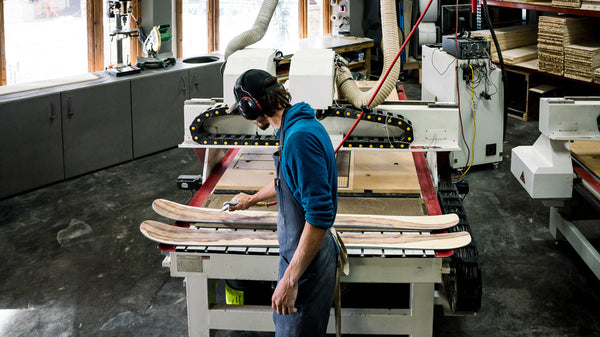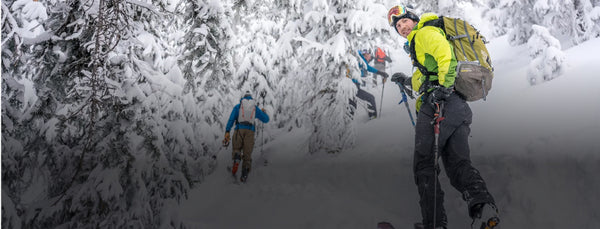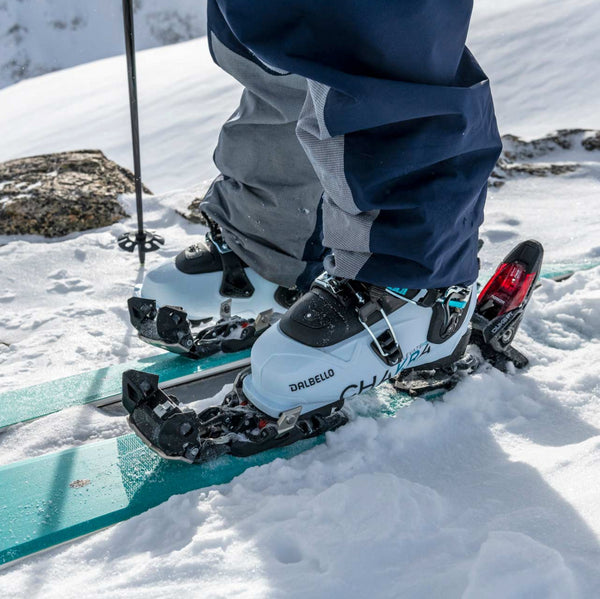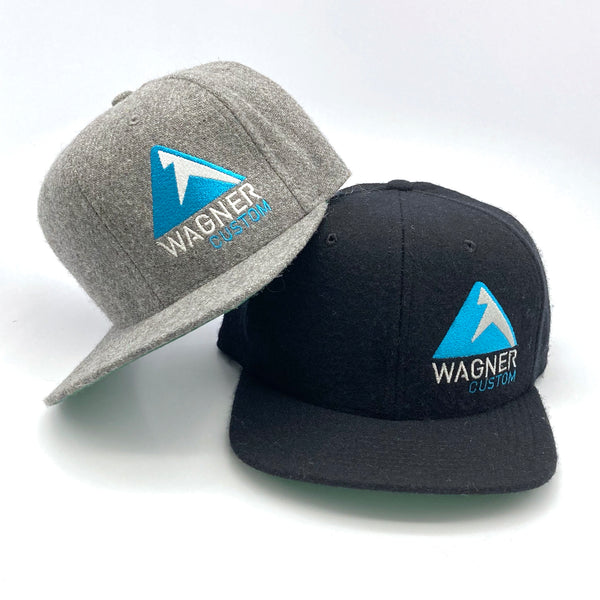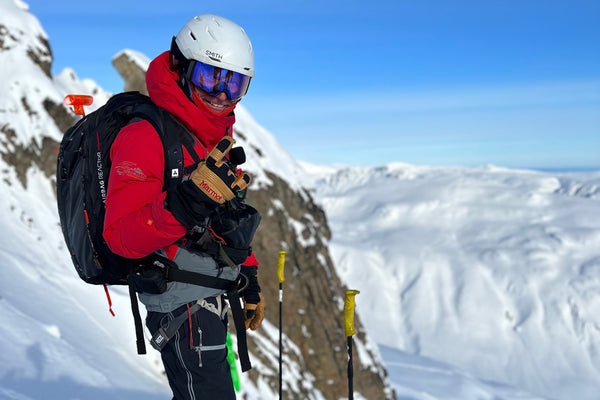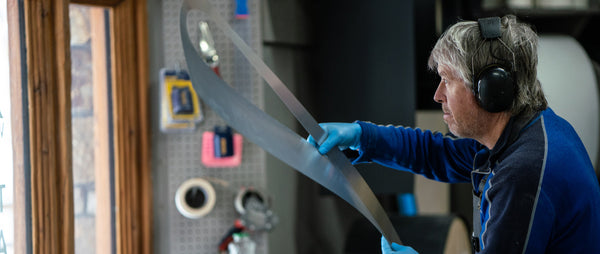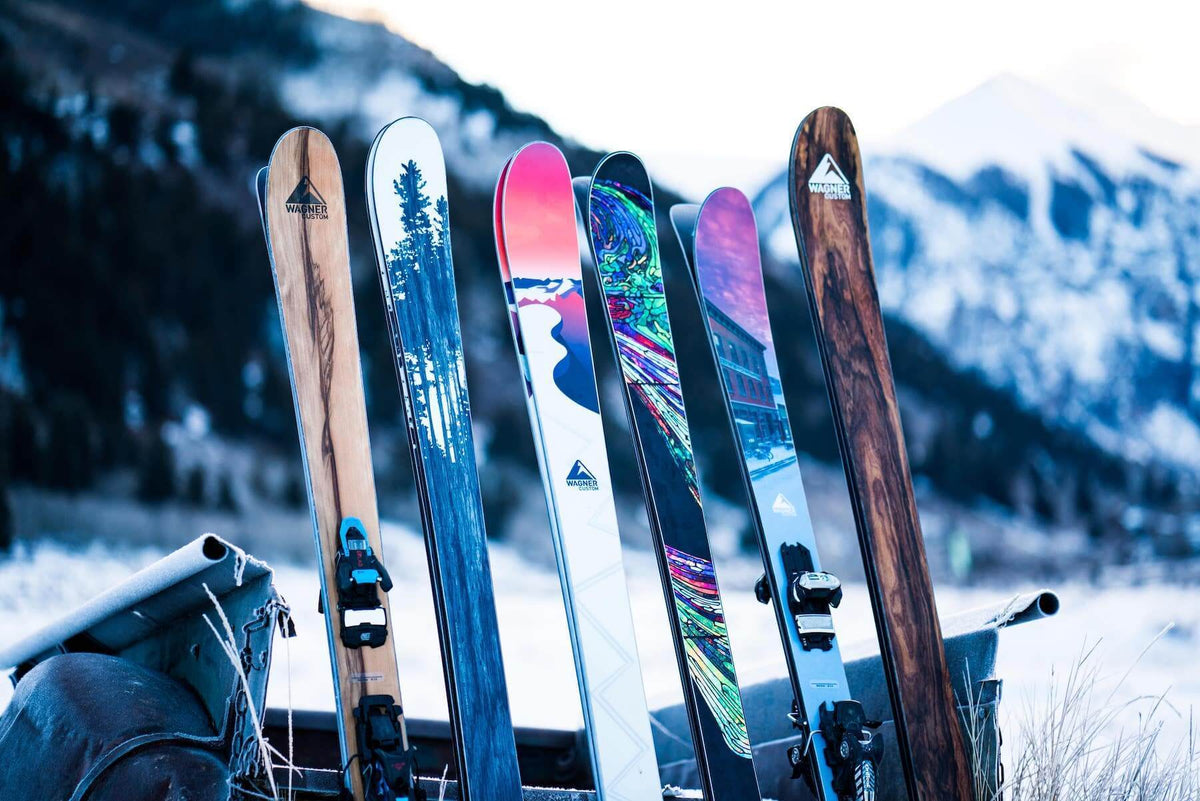
SKI BUYER'S GUIDE, PART 2: SKI WIDTH
Choosing your ski’s waist-width is one of the most important parts of the ski-buying process.
It’s the biggest determining factor of what terrain your skis will be best suited for. In this article, we help you determine what waist-width is best for you.
Terrain
The first step in designing skis is to figure out what kind of terrain you’ll be using it for, as that will determine the ski’s waist-width. If you want an everyday driver for all over the mountain, you’ll want a moderate waist-width. Is this a specialty ski built for carving on hardpack? Go narrower. Are you looking to plunder powder? Go wider. If you plan on skinning far into the backcountry, you’ll want a wide enough ski that won’t dive in the deep but narrow enough to be lightweight, too.
Keep in mind your location, too—if you live in the West and ski mostly soft snow, your ideal width may be wider than your Eastern brethren’s, and vice versa.
Ability Level
The other thing to take into account is your ability level. Generally speaking, beginners are going to want a narrower ski. For starters, beginners spend most of their time on-piste, where a wide-waisted ski will feel unwieldy. Narrower skis are also nimbler and are therefore easier to lay over on edge. A narrow ski is also better for those learning the art of the carve, as it’s more responsive and takes less effort to lock into smooth arcs.

The width of your ski is influenced by what kind of terrain you ski most.
We at Wagner aren’t beholden to set molds and widths—we build the right ski for you from tip to tail. That said, it may be useful to know the industry standard for general categories and their preferred habitats.
Narrow (70-85 mm underfoot)
At the expert level, these wasp-waisted thoroughbreds are built to slice, dice, and trench on hardpack and corduroy. The narrow waist gives you more power underfoot, which translates to better bite on ice. They’re quick underfoot, pop you in and out of each turn effortlessly, and have the edge-grip of a bulldog on a bully stick. Many of the skis in this category are fully or mostly cambered and made with metal laminates for vibration damping. Powder day? Leave them at home—they’ll dive straight to the bottom.
At the beginner and intermediate level, these skis are forgiving and nimble. With less mass to push around, they’ll feel more maneuverable and easier to turn. The sidecut will coax you into a carve with just the slightest tip of the ankle.
Medium (85-104 mm underfoot)
For advanced experts on up, these are your daily drivers for all over the hill. They are narrow enough to carve on groomers, versatile enough to handle chop and chunder, and wide enough to handle boot-top fluff. They’re suited for ripping anywhere, anytime, except for the deepest days.
The narrower side of this spectrum is best for those who want the capability to venture off-piste but spend most of their time on groomers. Also East Coasters, who need their everyday ski to be able to bite and hold on ice. Lightweight people and lesser experts may also prefer slightly narrower skis.
Western experts who ski in places that get a lot of snow tend to prefer the wider waists. This gives them enough float on all but the deepest days. At Wagner, we craft our skis so well that they’ll surprise you with how well they carve on hardpack, too.
Wide (104-plus mm underfoot)
These skis are purely for purring through powder. Their wide bodies float and surf through the deep—and skim through slush and over crud, too. They’re not just for experts—they make powder immeasurably easier to navigate for intermediates, too.
If you don’t live in B.C. or work at a heliski lodge, however, you’ll be doing yourself a disservice if you choose a ski this wide for everyday shredding. They will hold an edge on hardpack when forced, but they won’t really like it.
Quiver
For avid advanced skiers on up, we recommend a quiver of two—a daily driver and powder ski—to maximize your fun. (Ideally you’d want three pairs, of course, one for each condition, but we understand you also might need to put your kids through college. Or at least feed them every once in a while.)
Having the proper ski width is key to your success in any terrain. Curious what might be best for you? Get started on your Skier DNA here and schedule a phone call with a ski designer in the last step to find out. Ready to learn more about proper ski dimensions and design? Check out these articles from our Ski Buyer’s Guide:

